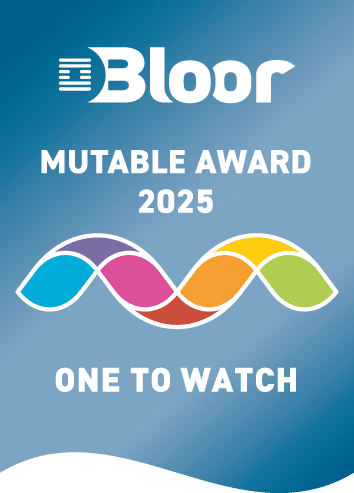The Test Environment Management Plan Template
Two Questions
Two question we often get asked at Enov8 is where does one begin and/or can you provide a good example. In response to the first question, where does one begin we often point them back to two key reference points.The IEEE’s recommended minimum standard for process for Configuration Management.
An overarching guideline for Test Environment Maturity.
Firstly, because at the heart of Test Environment Management is Configuration Management. There is no getting away from it, the heart of good TEM is Identification, Managements, Status Accounting & Audit. And secondly TEM is more than simply Configuration Management, TEM has associated “nuances” that move into the wider world of Agile, ITSM & ITOM. In response to the second, can we provide a good example we often scratch our head 🙁 … You see, the problem with providing an example is there are not many good samples of a Test Environment Plan available online. In fact, it is often hard enough to find “good” Configuration Management Plans, and people have been writing these since the seventies. So, with that in mind, we decided to put together a template (a simple guideline) that other people can follow and leverage. A template that shares many of the structural elements you might expect to find in a Configuration Management Plan, but with an extra twist aligned to the IT & Test Environment Management Maturity Index.Example TEM Plan Template Structure
Test Environment Management Plan (Light Version)1 Introduction
Tip: Initial TEM introduction, scoping & context. 1.1 Purpose of the TEM Plan 1.2 Scope of Document Tip: In addition to TEM process we suggest you describe at a high level, your Test Environment(s) your supporting here. 1.3 Definitions, Acronyms and Abbreviations 1.4 Document References 1.5 Document Overview2 The TEM Team Structure
Tip: High Level overview of TEM team structure & enablers. 2.1 Organisation 2.2 Responsibilities 2.3 Tools & Infrastructure3 The TEM Process
Tip: Define how each primary process will be realized (think People, Process & Tools) 3.1 Knowledge Management Refer: Mapping your Environments. 3.2 Demand Management 3.3 Planning & Coordination 3.4 Service Management 3.5 Data Operations 3.6 Application Operations 3.7 Infrastructure Operations 3.8 Status Accounting & Reporting4 Plan Outcomes
Outline the primary benefits of implementing this Test Environment Management plan. For example: The intention / benefits of implementing this plan can be summarized as follow:- End to End visibility of Test Environments
- End to End Visibility of Activity
- Operational Standardization
- Increased DevTest productivity
- Reduced Environment Incidents / Disruption
- Accelerated IT Project Delivery
- IT Cost Optimization / Controlled Spend i.e. spend based on need & usage.
5 Implementation Project Plan
Tip” Describe how we will get there. 5.0 Project Resources 5.1 Delivery Milestone Plan 5.2 Actor Training Plan 5.3 Optimization Plan6 Appendix
A Concise Download Version
For a more concise version of above (with section explanations) please download our PDF example.Post Authoring Review
Happy with your document and/or new processes?- Hold regular retrospectives with stakeholders & team members to get ideas for improvement.
- And use our online EMMI calculator to compare it against the EMMI methodology.
Relevant Articles
DORA Compliance – Why Data Resilience is the New Digital Battlefield
How Enov8 Helps Financial Institutions Align with the EU's Digital Operational Resilience Act Executive Introduction As of January 2025, the EU's Digital Operational Resilience Act (DORA) has become legally binding for financial institutions operating across the...
Data Fabric vs Data Mesh: Understanding the Differences
When evaluating modern data architecture strategies, two terms often come up: data fabric and data mesh. Both promise to help enterprises manage complex data environments more effectively, but they approach the problem in fundamentally different ways. So what’s...
What Is Release Management in ITIL? Guide and Best Practices
Managing enterprise software production at scale is no easy task. This is especially true in today’s complex and distributed environment where teams are spread out across multiple geographical areas. To maintain control over so many moving parts, IT leaders need to...
Test Environment: What It Is and Why You Need It
Software development is a complex process that requires meticulous attention to detail to ensure that the final product is reliable and of high quality. One of the most critical aspects of this process is testing, and having a dedicated test environment is essential...
PreProd Environment Done Right: The Definitive Guide
Before you deploy your code to production, it has to undergo several steps. We often refer to these steps as preproduction. Although you might expect these additional steps to slow down your development process, they help speed up the time to production. When you set...
What is Data Tokenization? Important Concepts Explained
In today’s digital age, data security and privacy are crucial concerns for individuals and organizations alike. With the ever-increasing amount of sensitive information being collected and stored, it’s more important than ever to protect this data from...










